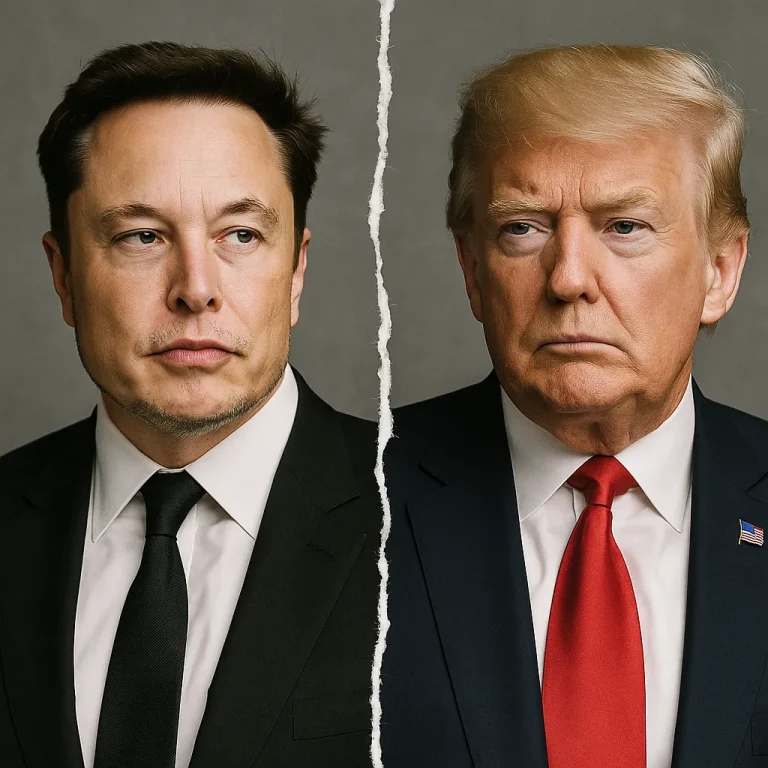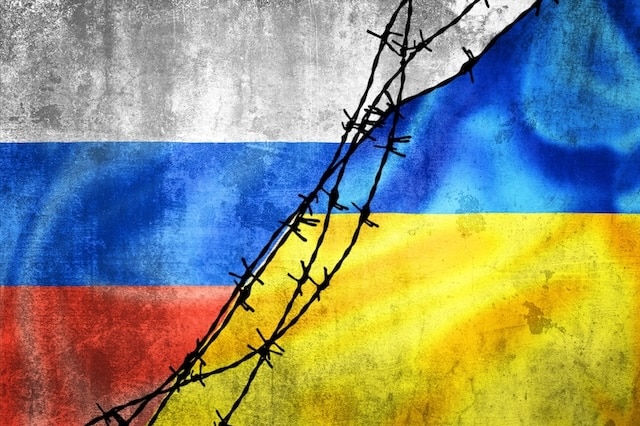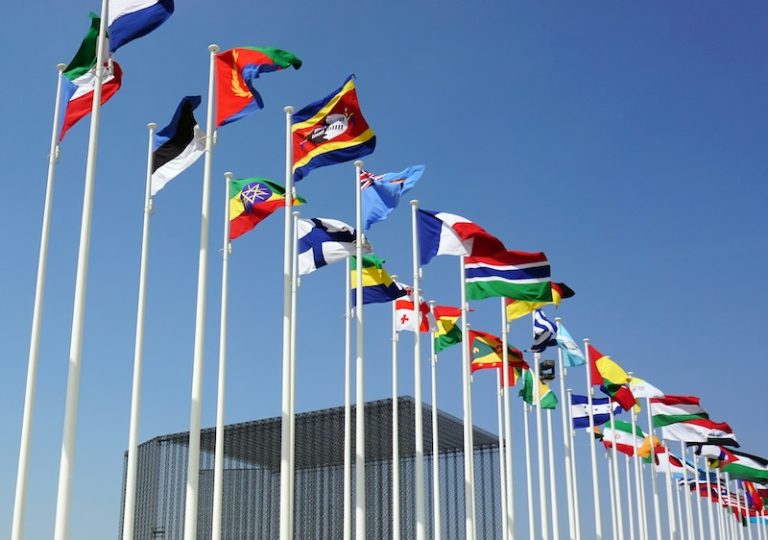
Photo: Aj- Shafique Unsplash
EU and NATO partnership 2025 -By PeanutsChoice for CitizenOfEurope.com
In a world that feels more uncertain by the day, the partnership between the European Union and NATO is evolving into one of Europe’s most critical defenses. As new threats arise—from geopolitical tensions and cyberattacks to climate-related crises—the two organizations are stepping up their cooperation like never before. The latest progress report from 2025 reveals just how far this partnership has come and why it matters deeply for the safety and stability of every European citizen.
Why the EU-NATO Alliance Is More Important Than Ever
For decades, the EU and NATO have been pillars of peace and security in Europe. NATO, primarily a military alliance, provides collective defense, while the EU brings political unity and economic power. But these roles are increasingly overlapping. Modern threats don’t fit neatly into one category; they are complex and interconnected. Cyberattacks can disable critical infrastructure, climate change can fuel instability, and fast-moving conflicts require rapid military responses.
Recognizing this, both organizations have committed to deeper cooperation, aligning strategies, sharing resources, and avoiding duplication of efforts. This collaboration aims to maximize Europe’s capacity to protect its people, values, and borders in a world that grows more challenging every year.
Political Dialogue: Bridging Gaps and Building Trust
One of the clearest signs of progress is the increased political dialogue between the EU and NATO leadership. The 2025 report highlights how regular meetings, from summit levels down to specialized working groups, have enhanced mutual understanding and trust.
This ongoing communication is critical. It ensures that both sides coordinate on key issues such as defense spending, crisis management, and responses to emerging threats. By breaking down barriers and fostering transparency, the EU and NATO reduce misunderstandings and create a unified front, making it harder for adversaries to exploit divisions.
Military Mobility: Preparing Europe for Rapid Response
A standout achievement in this partnership is the focus on military mobility—the ability to move troops, equipment, and supplies quickly across European borders.
Why does this matter? In the event of a crisis, delays caused by border controls, bureaucratic hurdles, or inadequate infrastructure could cost lives and jeopardize missions. Both the EU and NATO have been actively working to streamline regulations, improve transport networks, and upgrade key infrastructure such as roads, bridges, and railways to meet military needs.
The progress report shows tangible advances in these areas, making it easier for European forces to deploy quickly when called upon. For citizens, this means a faster and more effective response when security is at risk.
Cybersecurity: Defending the Digital Frontier
Cyberattacks are no longer hypothetical threats—they are real, ongoing dangers targeting governments, businesses, and everyday people. The EU and NATO have recognized that protecting Europe’s digital infrastructure is as vital as defending its borders.
The 2025 report highlights a robust partnership in cybersecurity, with both organizations sharing threat intelligence, conducting joint exercises, and developing common standards to repel attacks. These coordinated efforts help close gaps in Europe’s defenses and respond swiftly to cyber incidents that could disrupt everything from power grids to hospitals.
Climate Change as a Security Challenge
One of the more recent additions to EU-NATO cooperation is addressing the security risks posed by climate change. While it might not seem obvious, environmental changes can have serious consequences for peace and stability.
Extreme weather events, rising sea levels, and resource shortages can lead to humanitarian crises and exacerbate conflicts, especially in vulnerable regions bordering Europe. The 2025 progress report confirms that climate security is a shared priority. Both organizations are exploring how to integrate climate risk assessments into military planning and are promoting “green” initiatives within their operations to reduce environmental impact.
This forward-thinking approach signals a broader understanding that security today means more than just military strength.
Emerging Technologies: Staying Ahead of the Curve
The future battlefield will look very different from the past. AI, drones, autonomous systems, and advanced surveillance technologies are reshaping how conflicts unfold. The EU and NATO are working together to research and regulate these emerging technologies, ensuring that they are used responsibly and effectively.
This cooperation includes standardizing how new tech is deployed and sharing innovations between member states. By pooling expertise, Europe can maintain a technological edge over potential adversaries while minimizing risks associated with rapid technological change.
Navigating Geopolitical Challenges
The strengthened EU-NATO partnership is not without its challenges. Russia views the alliance’s growing coordination as a threat, and tensions remain high. Meanwhile, China calls for restraint but watches developments closely as part of its broader strategic interests.
Diplomatically, Europe must balance these external pressures while maintaining unity within its own ranks—a complex task given differing national interests and priorities.
The 2025 report acknowledges these realities and emphasizes that maintaining cohesion and resilience is essential for the alliance’s success.
What This Means for European Citizens
While much of the talk focuses on military strategy and policy, the real impact of EU-NATO cooperation is felt in the daily lives of Europeans.
Stronger security alliances mean governments can better protect citizens from external threats—whether that’s an armed conflict, cyberattack, or disaster. Faster military deployment capabilities increase Europe’s preparedness to defend its people. Cyber cooperation helps safeguard vital services and private data.
Moreover, addressing climate change as a security risk means Europe is preparing for a safer, more sustainable future.
In an uncertain world, this partnership sends a clear message: Europe stands united, vigilant, and ready.
Looking Forward: A Partnership for the Long Haul
The EU and NATO’s cooperation in 2025 is a sign of adaptability and shared resolve. While the path forward won’t be easy, both organizations have laid a solid foundation for working together in a complex security environment.
Europeans should watch this evolving alliance with hope. It’s a partnership built not only on military might but on trust, shared values, and the recognition that only through unity can Europe face the challenges ahead.
Sources
- NATO-EU Progress Report 2025
- Official EU Communications on Defense and Security
- European Commission Military Mobility Action Plan
- Public statements from NATO and EU leadership
You may like:Ukraine Kerch Bridge Attack 2025: Strategic Strike Shakes Russia’s Crimea Supply Route




